Reading Comprehension Teaching Resources
Explore printable reading comprehension worksheets, digital activities and more to teach reading comprehension strategies in your primary classroom. Created by teachers, for teachers, the teaching resources in this collection are aligned with the Australian curriculum and have undergone a careful review by a member of our expert teaching team.
You'll find editable versions to easily differentiate your instruction for individual students, plus various options to make your lesson planning easier this school year!
New to teaching this portion of the English curriculum or just looking for fresh and engaging ways to teach reading comprehension strategies? Read on for a primer from our teacher team, including a simple definition of reading comprehension, a look at different strategies students can use and more!
What Is Reading Comprehension?
We'll start at the beginning! Reading comprehension is a skill that's hard to overestimate in terms of its importance for early years students to develop.
Defined as the ability to understand and interpret written language, reading comprehension involves the process of decoding text, extracting meaning from it, and then integrating that meaning with prior knowledge and understanding.
Not only does comprehension comprise the ability to recognise and understand individual words, but it also involves the ability to recognise patterns and relationships within sentences and paragraphs, as well as the ability to make inferences and draw conclusions based on the information presented.
This isn't just important for reading, of course.
Comprehension is all about making meaning, and it includes various levels of understanding, including:
- Literal
- Inferential
- Evaluative
- Critical
If you think about it, we rely on these skills on a daily basis — when we notice the stooped shoulders of a partner as they walk in the door or when we listen to the weather report and observe how heavily laden the sky is with grey clouds.
To develop those same skills in a reading context, our students need to build a variety of language skills, such as vocabulary knowledge, grammar and syntax, as well as cognitive processes, such as attention, memory and critical thinking.
So how do they get there? Let's talk strategies!
What Are Reading Comprehension Strategies?
As you well know, students don't start off being able to comprehend every single thing they read. But teaching them strategies to understand better and retain information will allow them to go from recognising individual words to understanding a range of texts.
Some common reading comprehension strategies include:
- Previewing — This is the process of skimming the text before reading it in detail to get an overall sense of what it is about.
- Activating Prior Knowledge — Students can draw on existing knowledge and experience to help them understand new information, such as a new text.
- Making Connections — This strategy focuses on teaching students to make connections between a text and their own experiences and understandings. Research into the science of reading has shown enhanced comprehension when students are able to connect new information to information they already know.
- Questioning — In this comprehension strategy, students ask and answer questions to clarify the meaning of the text and deepen their understanding. When you centre questioning activities around the familiar open-ended prompts of who, what, when, where, how, why, and which, students assert their understanding and identify any gaps in their comprehension of the text. Questions can be posed by a teacher, by their peers, or by the students themselves.
- Visualising — Visualisation provides both teachers and students with another means to extend their exploration of a text and deepen understanding. This reading comprehension strategy asks students to create and describe an image in their mind, centered around a place, situation, or character in the text. Visualising has been proven in research to improve student recall! Using the five senses is a great way to scaffold student comprehension through visualising.
- Summarising — Summarising is a reading comprehension strategy that asks students to reflect on the text and communicate their understanding of it. A well-formed summary is made up of the main idea of the text and the key details that support the main idea, showing that the student has understood what they’ve read well enough to write a summary that’s not merely a repetition of the text.
- When summarising, students may complete one or more of the following:
- Recount the text in their own words
- Identify the main idea, topic or purpose
- List key words or phrases
- Identify structural elements of the genre
- Using the SWBST process can help students with this reading comprehension strategy. The steps in the SWBST process are:
- Somebody
- Wanted
- But
- So
- Then
- When summarising, students may complete one or more of the following:
- Inferring — The process of drawing conclusions based on clues or evidence presented in the text is called inferring, and it involves readers using what they know and pairing it with what they read in the text to make a conclusion. You may also call this 'reading between lines!'
- Monitoring Comprehension — When monitoring comprehension, students reflect on and assess their understanding as they progress through the text. In this metacognitive process, students may ask themselves questions like 'Is this making sense?' or 'Do I need to read this again?'
- Some comprehension strategies that may be effective may include going back to reread a section of a text, slowing down or speeding up your reading rate, and using text features to help understand difficult parts of a passage. All of these are active reading strategies that students can do to help them better understand what they are reading, while they are reading!
- While monitoring asks students to identify hurdles and barriers, students also benefit from connecting this reading comprehension strategy with explicit strategies to help them pass their hurdles.
All of these comprehension strategies can be taught and practised explicitly.
- Plus Plan
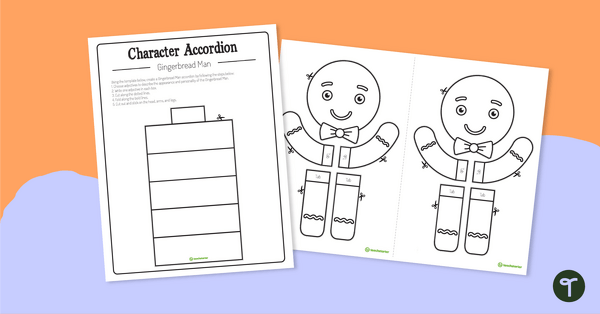
Character Adjective Concertina Template – The Gingerbread Man
Learn how adjectives can be used to describe a character's appearance and personality with a hands-on craft activity aligned to the English curriculum.
- Plus Plan
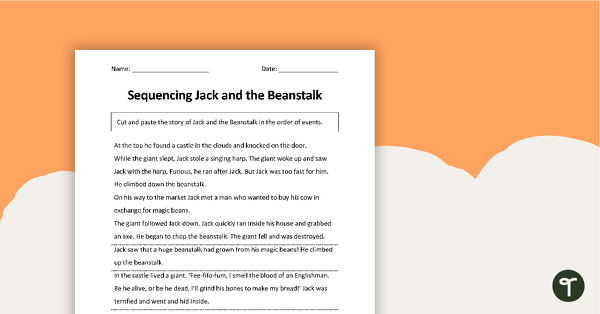
Understanding Sequence - Jack and the Beanstalk
A worksheet to use when teaching students how to understand sequence when reading.
- Plus Plan

Author's Purpose Pie
A pie that shows the three main reasons an author writes a piece of text.
- Plus Plan
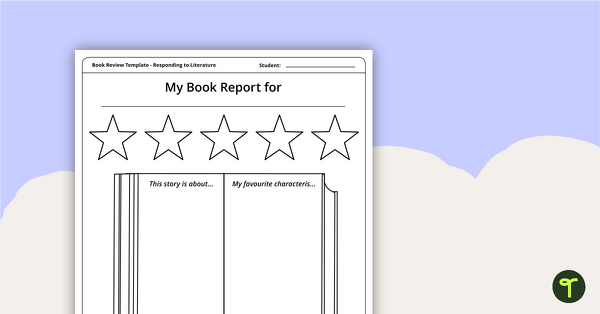
Book Worm Themed - Book Report Template and Poster
A fun book worm themed poster with 3 book report templates to use when responding to literature.
- Plus Plan

QAR Generic Question Cards
A set of 28 generic QAR question cards for students to use as a comprehension task after reading.
- Plus Plan
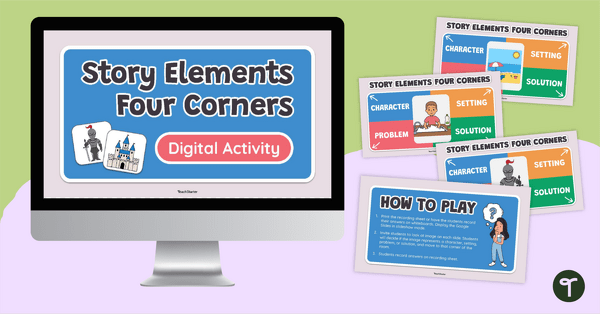
Story Elements Four Corners
Engage your students in exploring key story elements with this Four Corners activity!
- Plus Plan

Story Bag Surprise - Story Elements Digital Activity
Introduce and explore different story elements with this story bag surprise digital activity for the whole class to enjoy.
- Plus Plan
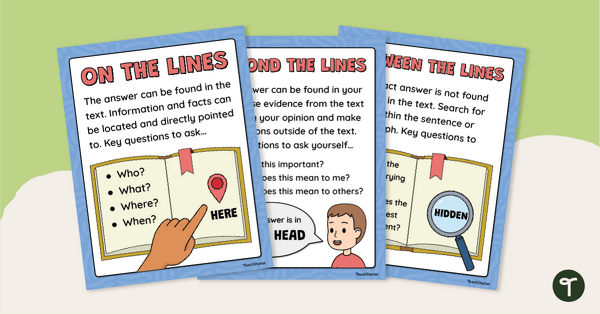
Three Levels of Reading Posters
Teach your students to read beyond the lines, between the lines and on the lines with a set of printable 3 Levels of Reading posters.
- Plus Plan
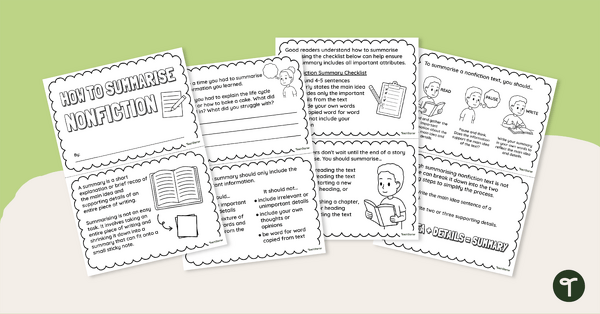
How to Summarise Nonfiction Mini Book
Explore the elements needed for a good summary of nonfiction texts with this How to Summarise Nonfiction mini-book.
- Plus Plan
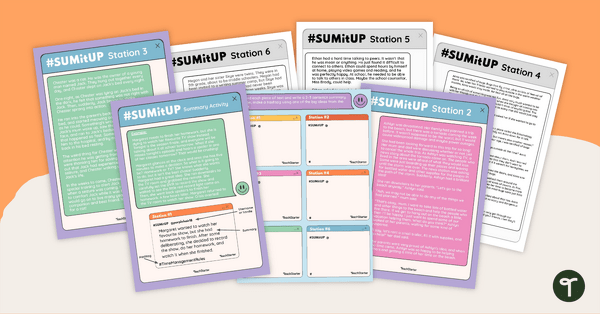
#SUMitUP Summarising Activity
Summarise fictional text through this whole-class station activity.
- Plus Plan
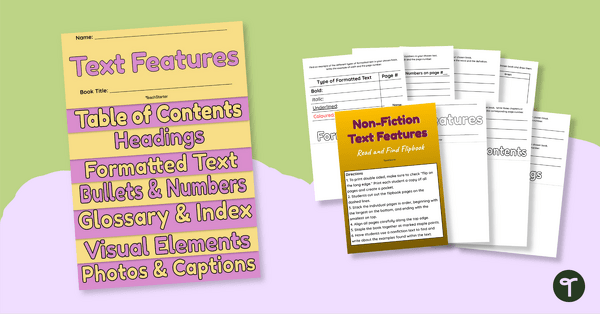
Non-Fiction Text Features Flipbook – Read and Find
Get your students to find text features in non-fiction books with this student-centred flipbook activity perfect for literacy groups.
- Plus Plan
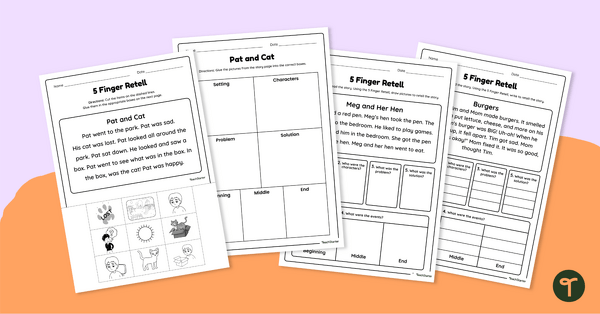
5 Finger Retell Worksheets
Guide your students through using the 5 finger retell strategy with this set of worksheets.
- Plus Plan
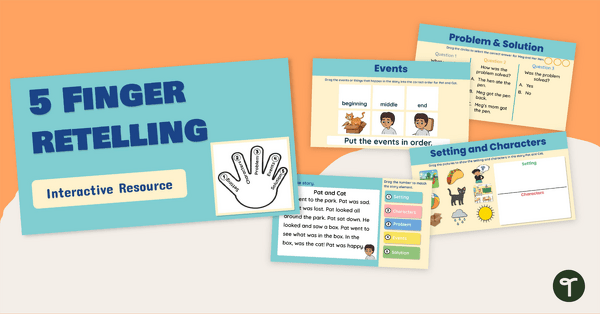
5 Finger Retelling Interactive Activity
Practise using the 5 finger retelling strategy with this interactive activity.
- Plus Plan
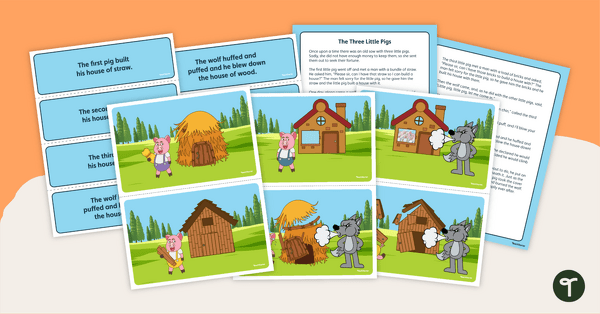
Three Little Pigs Retelling Activity Cards
Teach your students about retelling with this set of sequencing cards for The Three Little Pigs.
- Plus Plan
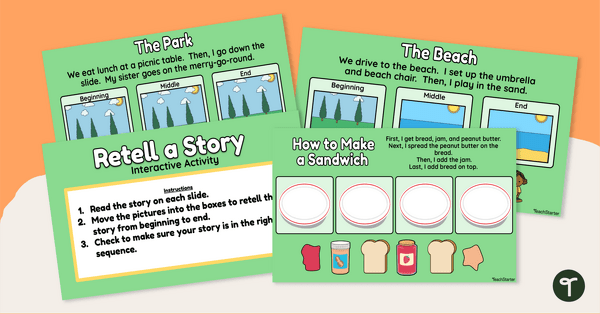
Story Retell Interactive Activity
Use this Interactive activity to practise retelling stories.
- Plus Plan
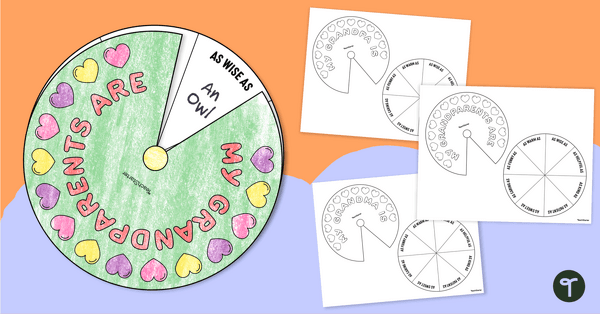
Grandparents' Day Activity - Simile Spinner Craft
Show Grandma and Grandpa how awesome they are with a Grandparents’ Day Craft filled with super similes!
- Plus Plan
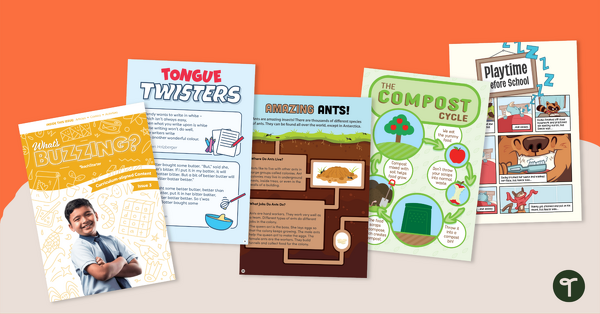
Year 1 Magazine – What's Buzzing? (Issue 3)
Issue 3 of our beautifully designed, 22-page reading magazine specifically designed for Year 1 students.
- Plus Plan
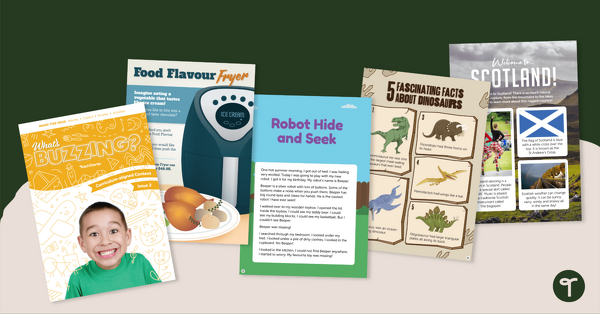
Year 1 Magazine – What’s Buzzing? (Issue 2)
A beautifully designed, 22-page reading magazine specifically designed for Year 1 students.
- Plus Plan

Nonfiction Text Features – All About Me Project
Implement a text features project with an “All About Me” theme to explore informational text features with your students.
- Plus Plan
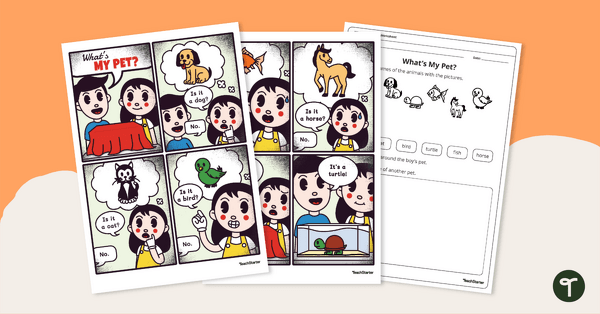
What's My Pet? – Worksheet
A comprehension worksheet for a comic from the Foundation magazine (Issue 2).
- Plus Plan
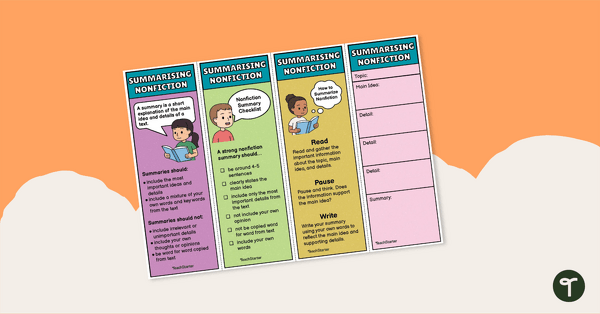
Summarising Nonfiction Bookmarks
Learn about how to summarise nonfiction texts with these printable bookmarks.
- Plus Plan
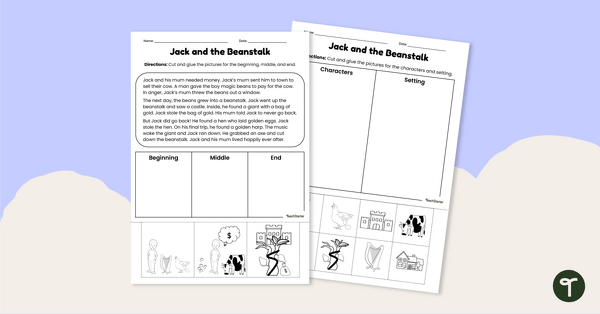
Story Elements Cut and Paste Worksheets – Jack and the Beanstalk
Explore story characters, settings and main events with this set of cut-and-paste worksheets based on a well-known fairy tale.
- Plus Plan
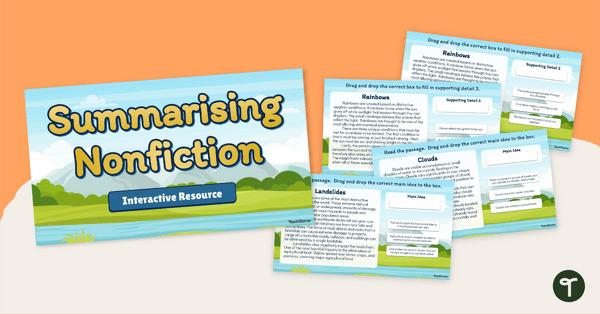
Summarising Nonfiction Interactive Activity
Help your students easily summarise nonfiction texts with this interactive activity.
- Plus Plan
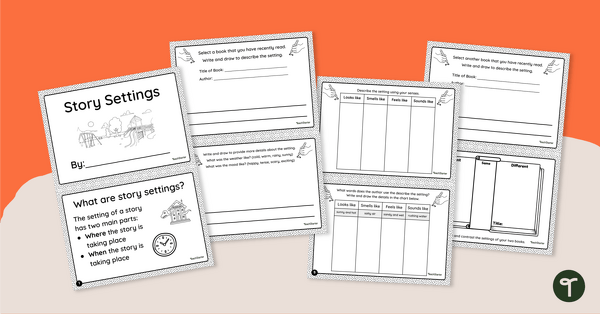
Story Settings Mini Book
Allow your little learners to explore and write about story settings with this fun-sized mini-book.
- Plus Plan
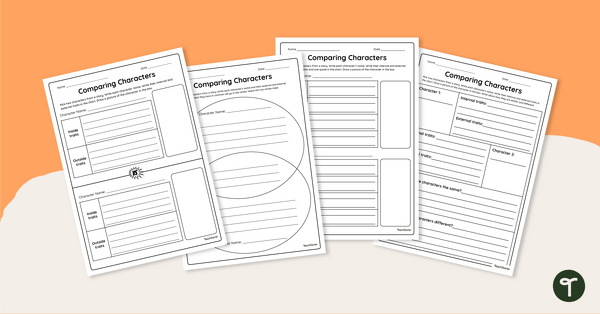
Comparing Characters - Graphic Organisers
Encourage your students to compare story characters with this set of differentiated graphic organisers that can be used with any text.
- Plus Plan
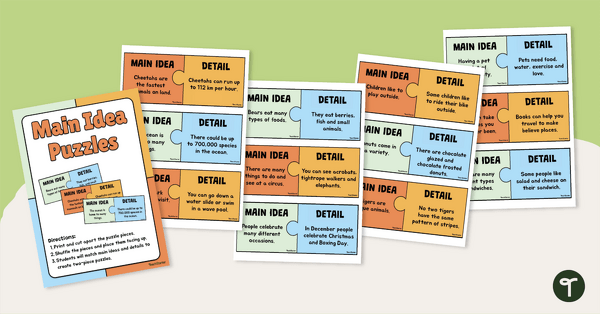
Main Idea and Detail Puzzle
Practise deciphering the main idea from the supporting detail with this printable puzzle.
- Plus Plan
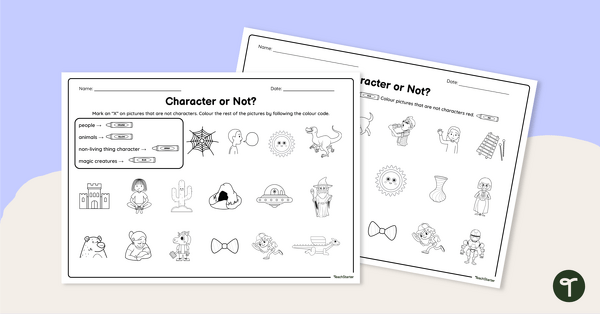
Character or Not? - Colouring Worksheet
Explore the difference between characters and non-characters with this colouring worksheet.
- Plus Plan
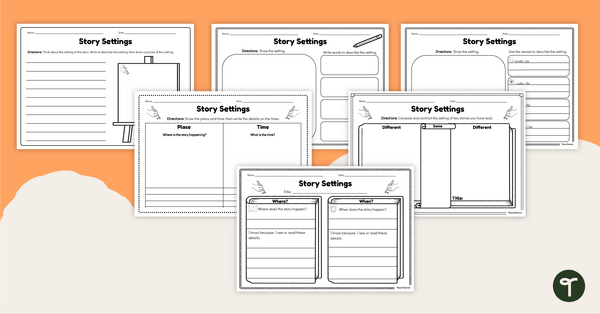
Story Settings - Graphic Organisers
Encourage your students to write and draw about story settings with this set of differentiated graphic organisers.
- Plus Plan
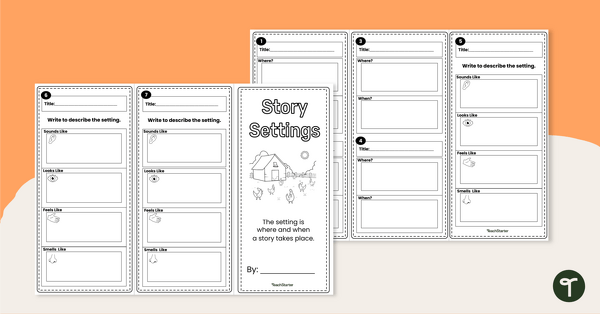
Story Settings - Brochure Template
Encourage your students to identify story settings in the books they read with this brochure template.
- Plus Plan
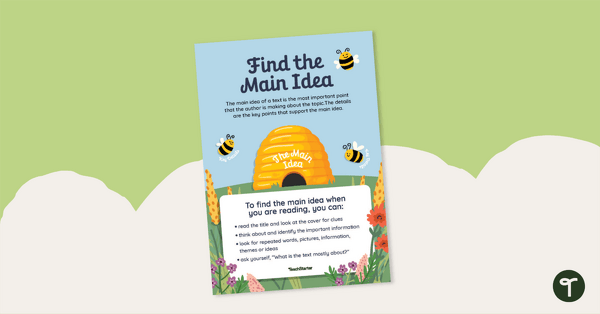
Finding the Main Idea Poster
A poster highlighting how to find the main idea when reading a piece of text.
- Plus Plan
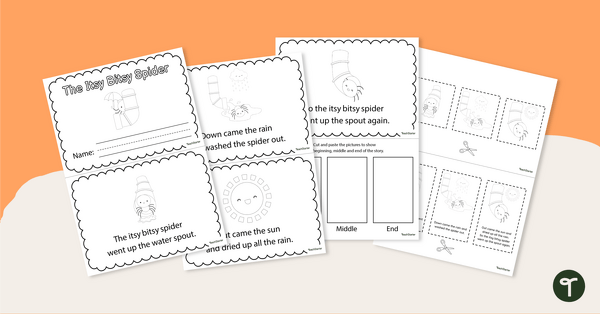
Beginning, Middle and End Mini-Book - Itsy Bitsy Spider
Teach your students about the beginning, middle and end of a story with mini-book retelling of The Itsy Bitsy Spider.
- Plus Plan
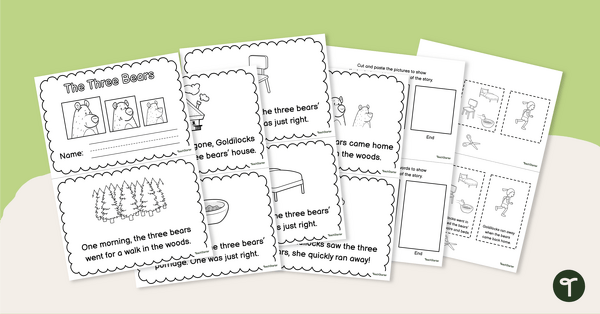
Beginning, Middle and End Mini-Book - The Three Bears
Teach your students about the beginning, middle and end of a story with this mini-book retell of The Three Bears.
- Reading Comprehension Worksheets
- Reading Comprehension Templates
- Reading Comprehension Posters
- Reading Comprehension Teaching Presentations
- Reading Comprehension Games
- Reading Comprehension for Foundation Year
- Reading Comprehension for Year 1
- Reading Comprehension for Year 2
- Reading Comprehension for Year 3
- Reading Comprehension for Year 4
- Reading Comprehension for Year 5
- Reading Comprehension for Year 6
- Reading Comprehension for Year 7